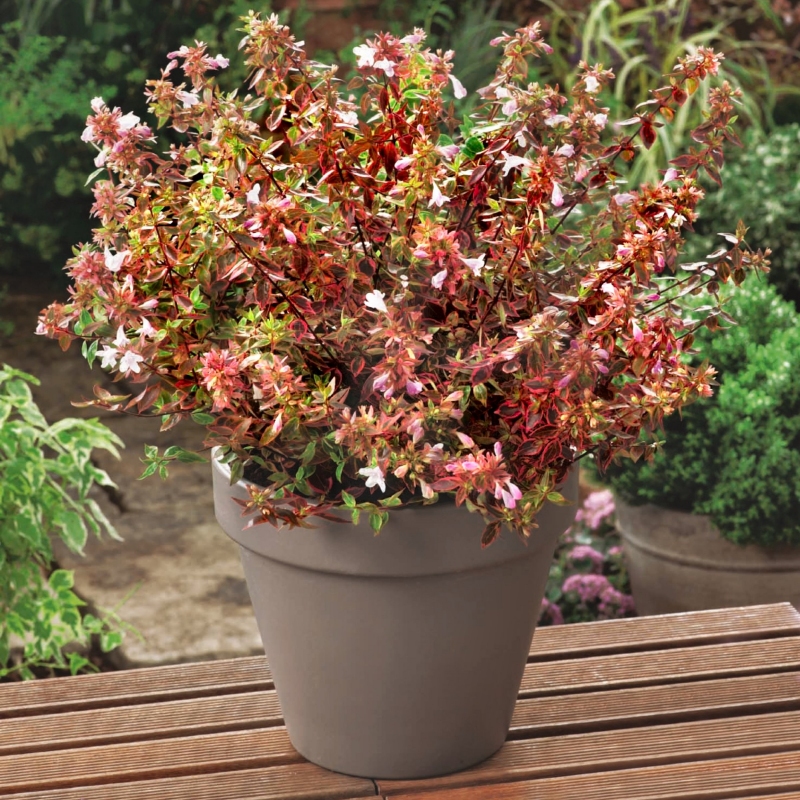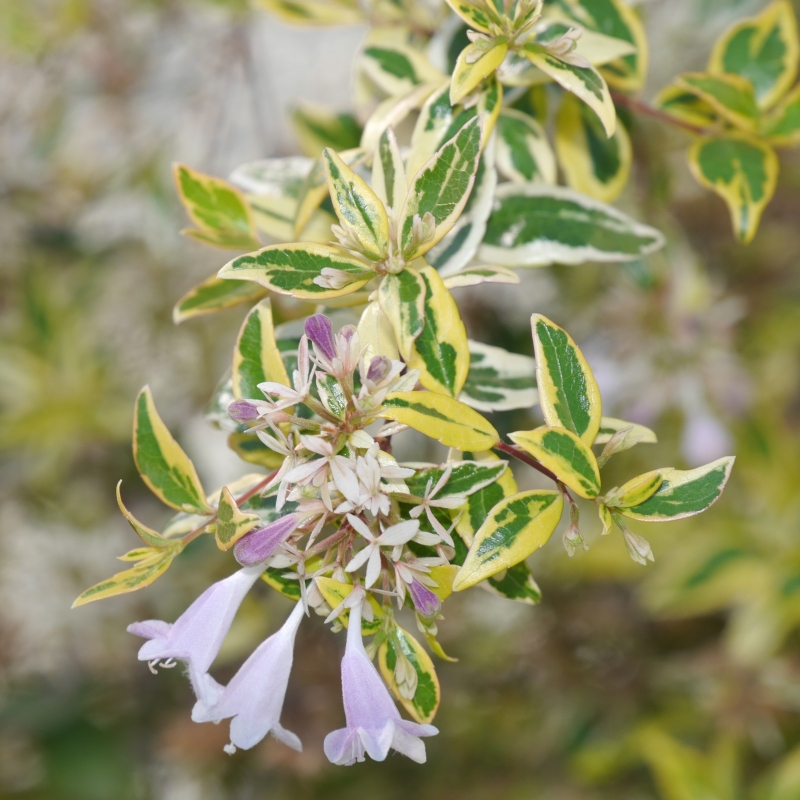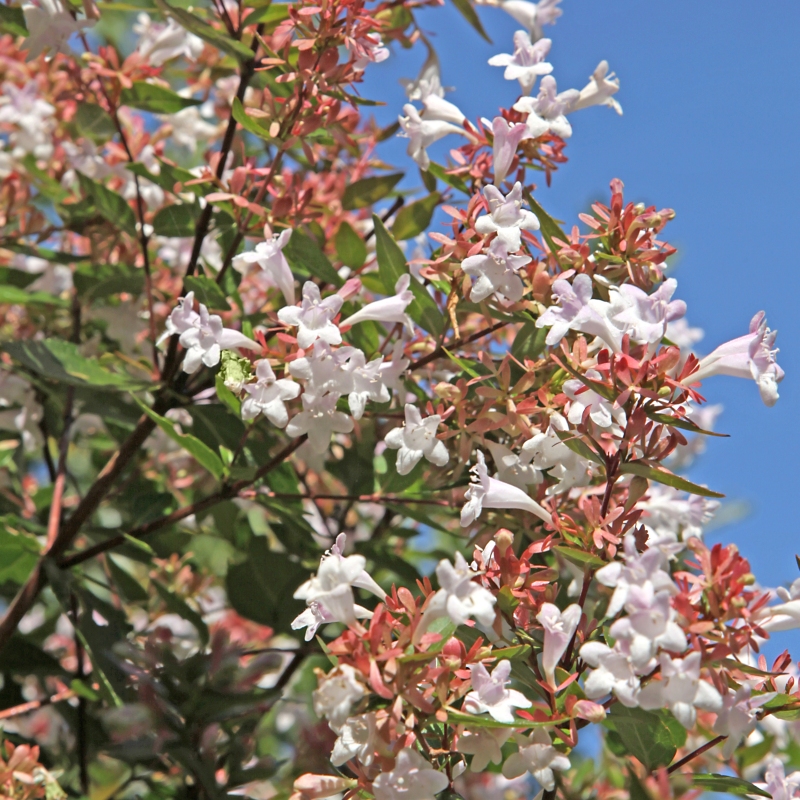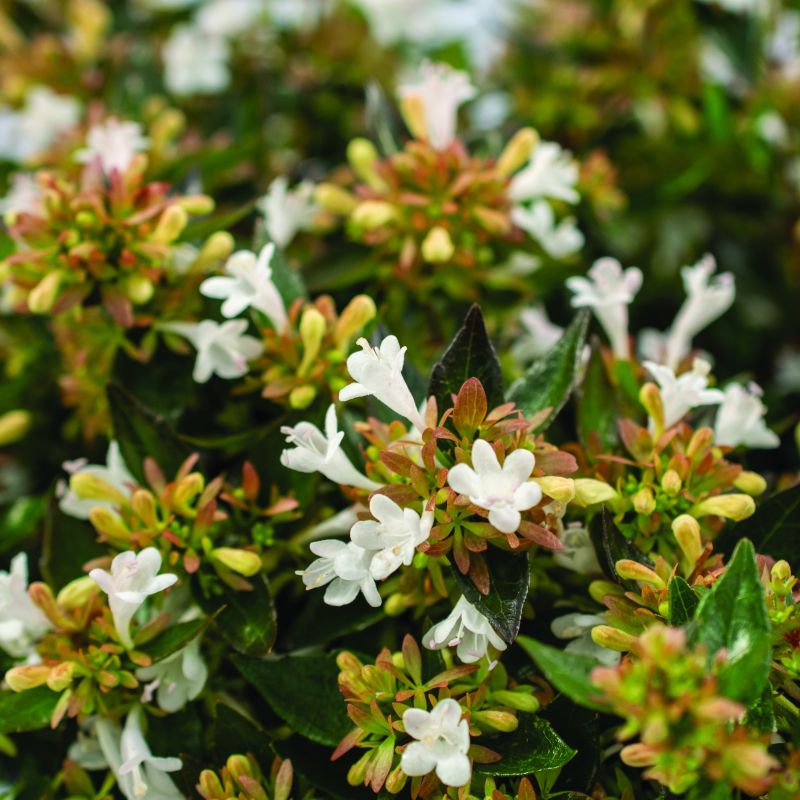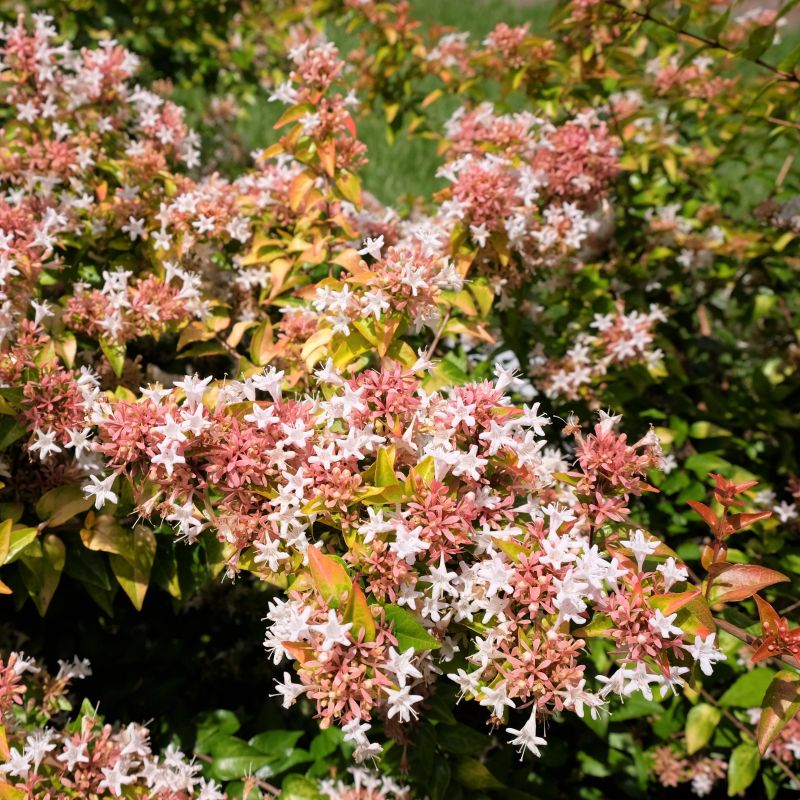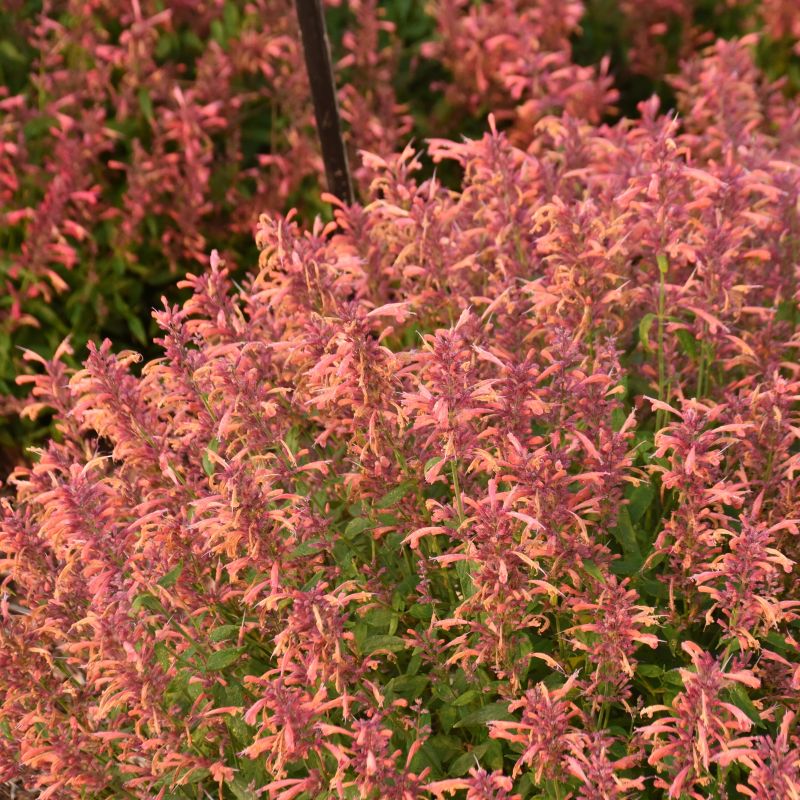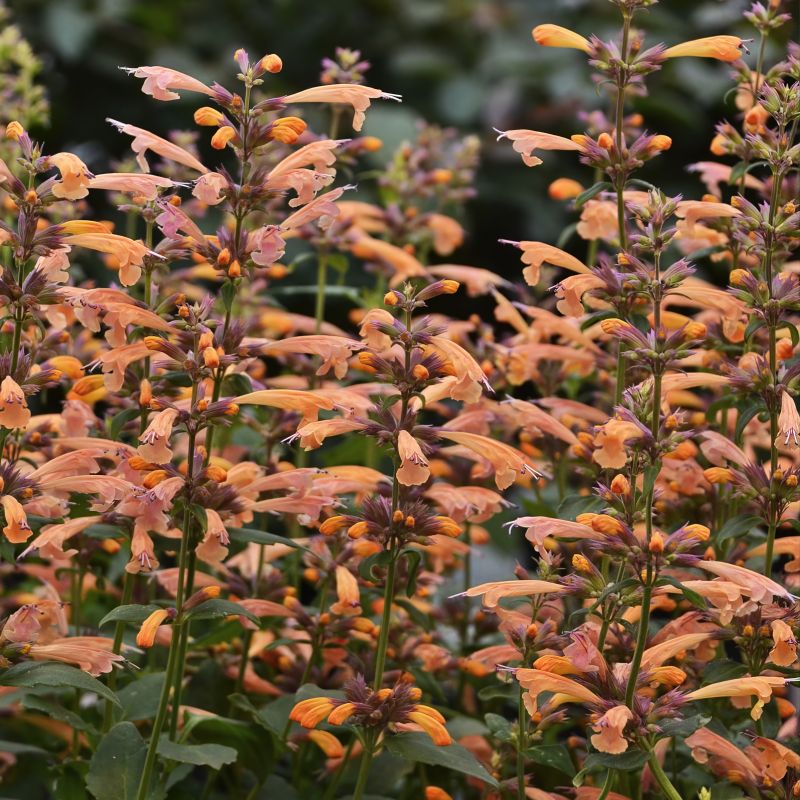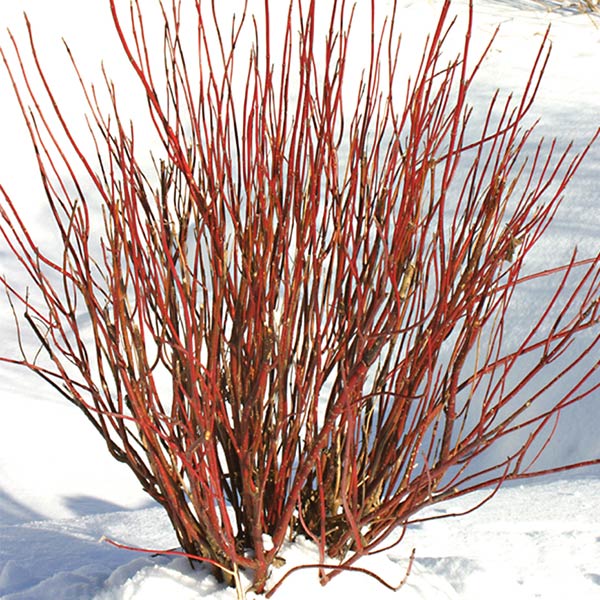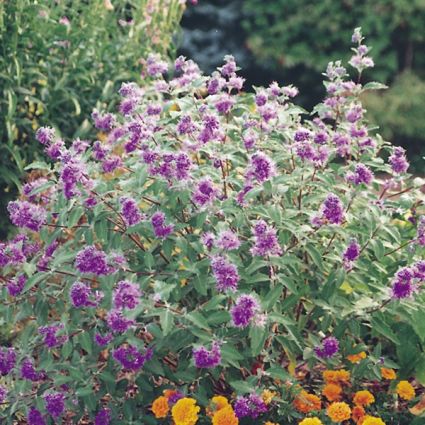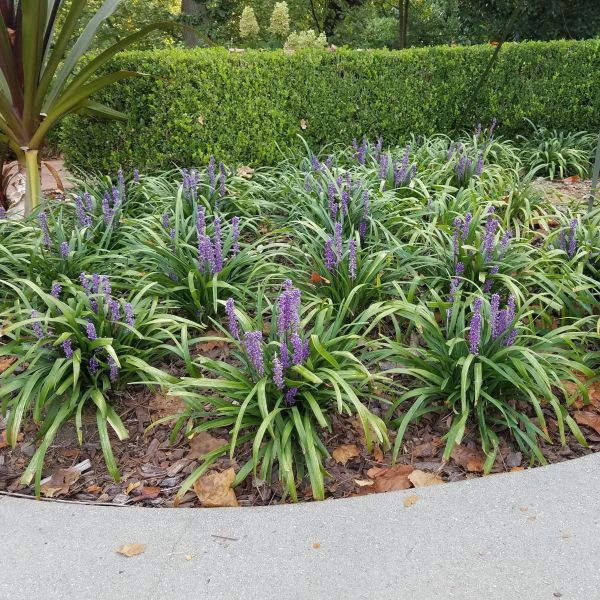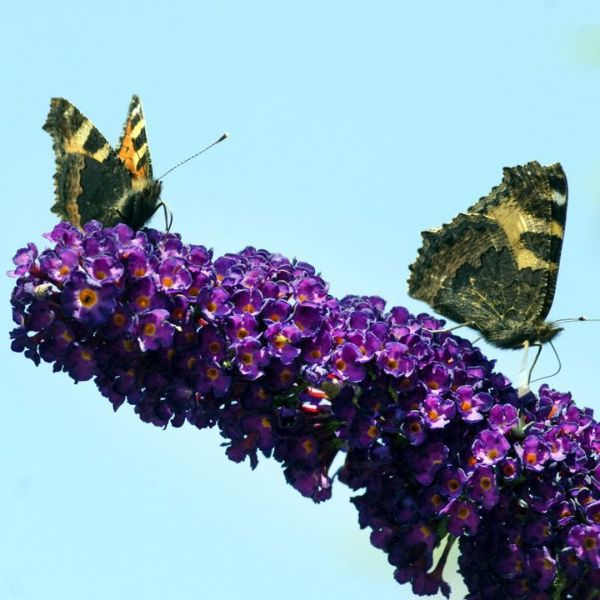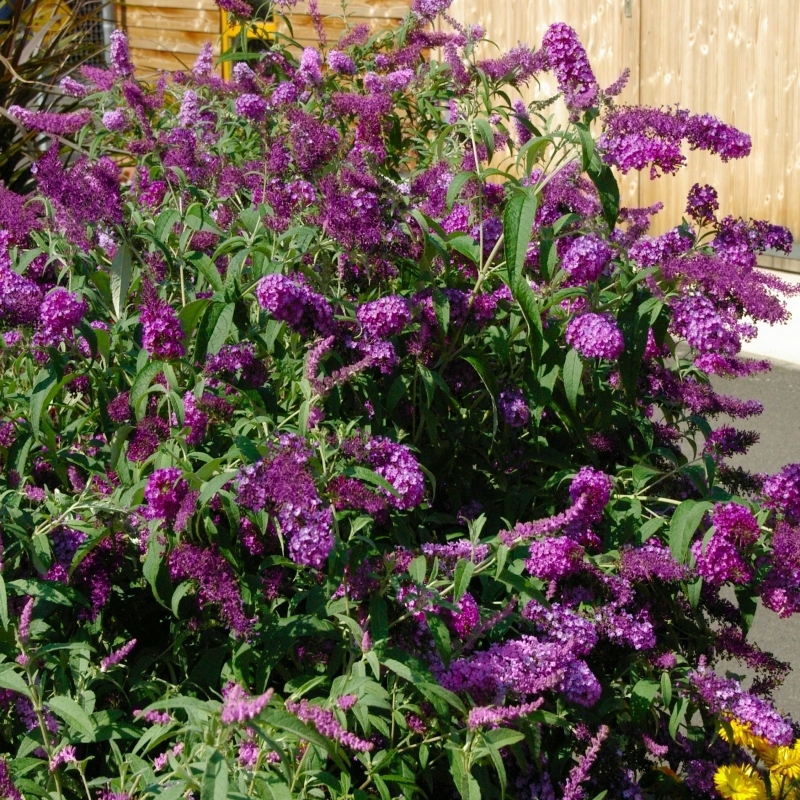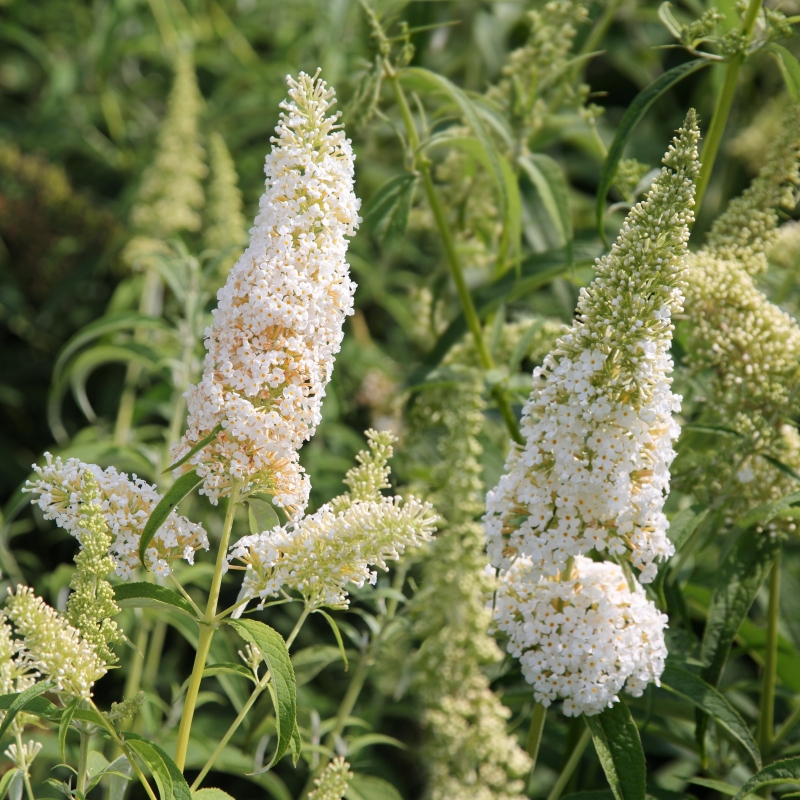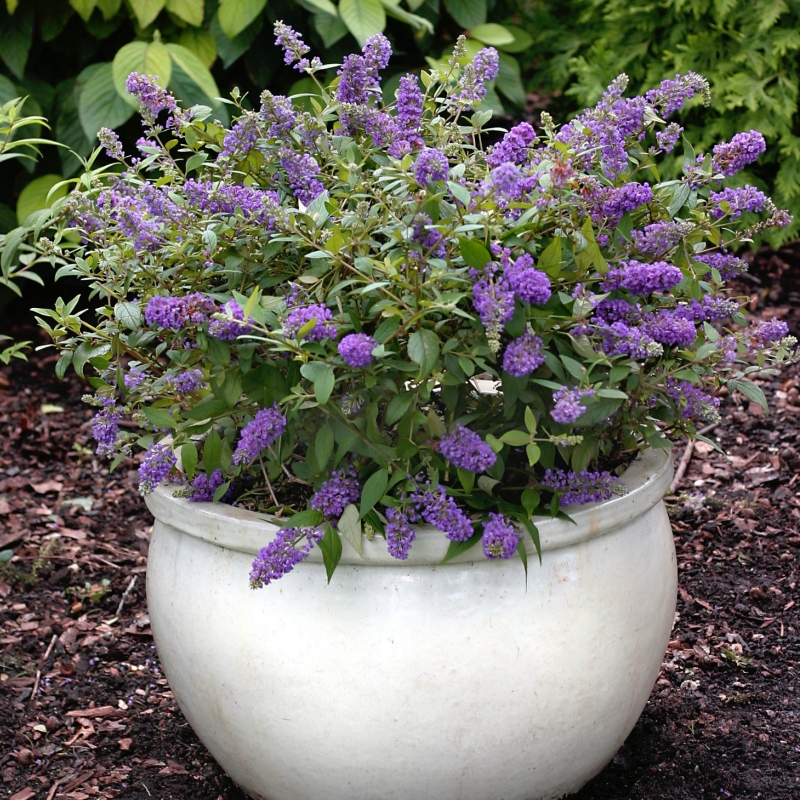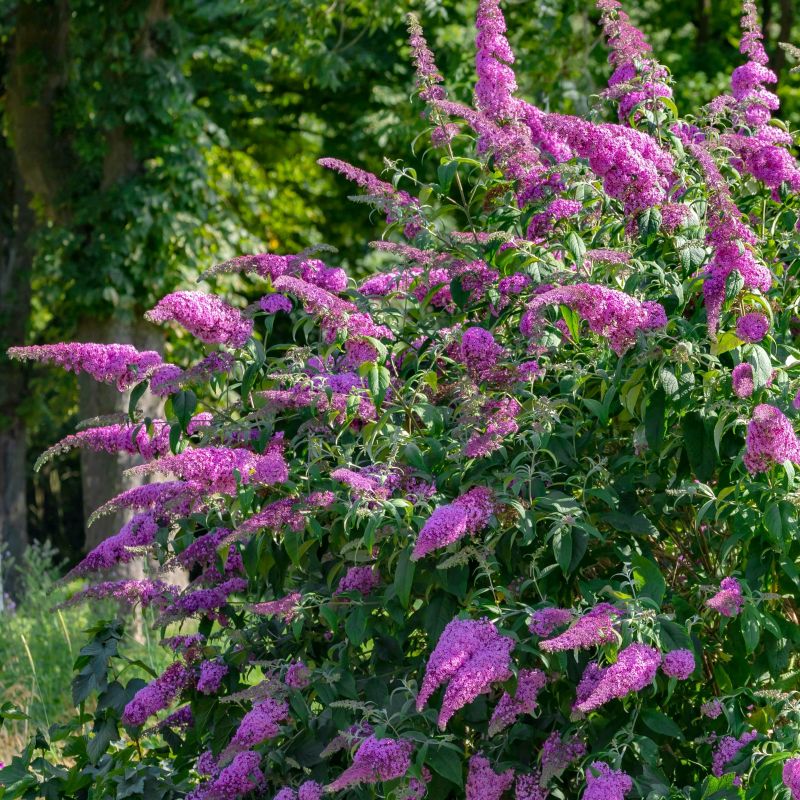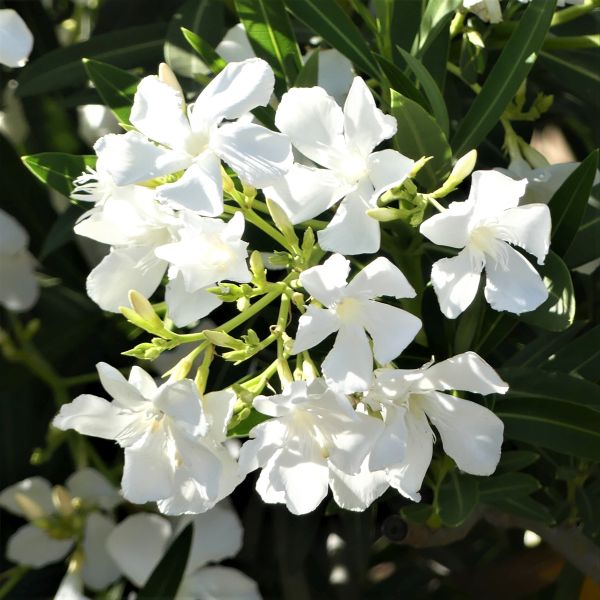
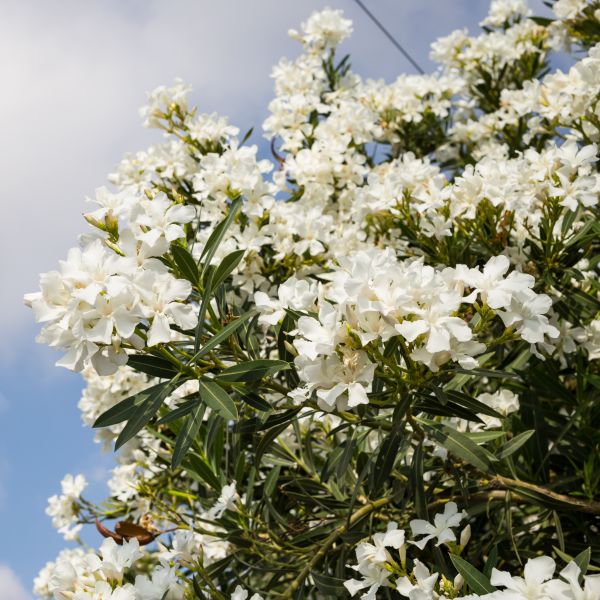
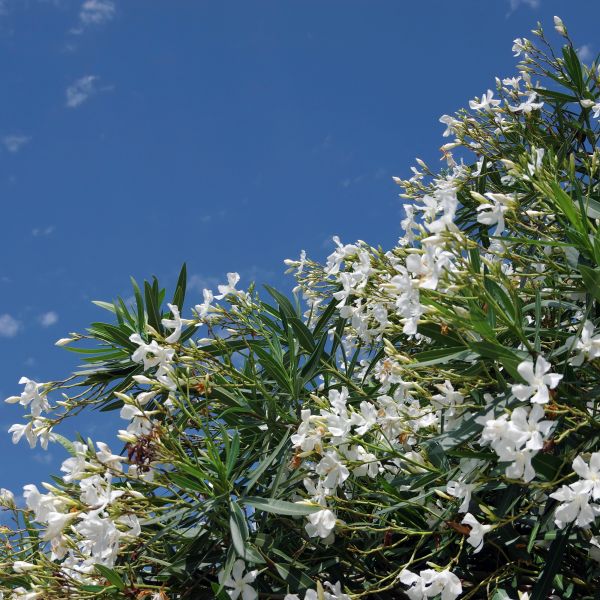
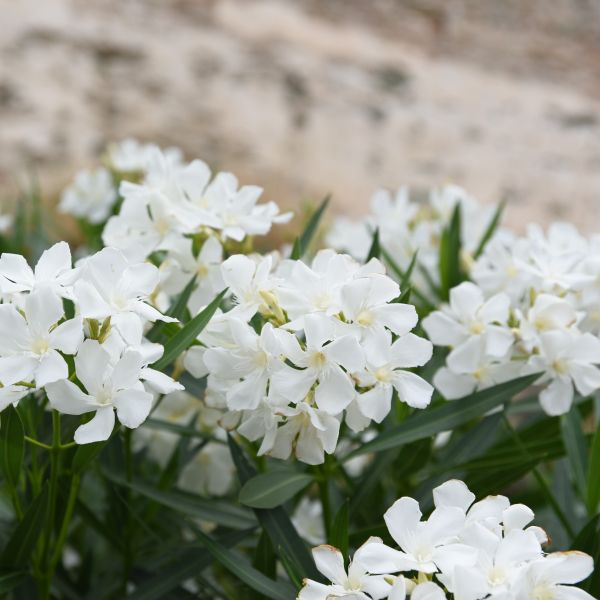
White Oleander
Nerium oleander (white)
29 reviews
White Oleander
Nerium oleander (white)
29 reviews
- Powerful and emotionally gripping story
- Complex and well-developed characters
- Beautiful prose and descriptive writing
- Recommended by landscape designers for optimal fit in real yards
$49.00
$70.00
30% Off
- Ships to 43215 in 3 to 7 days
- Free Shipping Over $150
- Plant Arrival Guarantee
- In Stock
- Free Plant Consult
$200 - Landscape-Approved: Every Plant We Sell Comes With Design Expertise Behind It
1 Gallon
Not just beautiful - intentionally selected by ShrubHub's 3D landscape design team to fit real-world spaces and maximize yard potential.
Why White Oleander?
White Oleander is a highly toxic flowering shrub that produces beautiful white blooms. Despite its deadly nature, it is often used ornamentally in landscaping because of its attractive flowers and evergreen foliage. The plant contains toxins which can cause severe poisoning if ingested, but can also cause harm through exposure to its sap or even by inhaling its fumes. Both people and animals are at risk, making it important to handle this plant with extreme care.
People who loved this plant also bought
Sunlight
White Oleander requires full sun to partial shade, preferably receiving at least 6 hours of direct sunlight each day.
Watering
White Oleander plants require regular watering, especially during dry periods. The soil should be kept consistently moist but not waterlogged. It is essential to water deeply and allow the top inch of soil to dry out before the next watering.
Fertilizing
White Oleander plants generally require a balanced fertilizer with a ratio like 10-10-10 or 20-20-20. It is essential to follow the specific instructions provided by the manufacturer to ensure proper fertilization and avoid over-fertilizing, which can harm
The White Oleander is a stunning and graceful shrub that will take your breath away with its ethereal beauty. With a USDA hardiness zone of 8 to 11, this plant thrives in temperate regions with mild winters. Its lush and glossy green leaves and fragrant white flowers make it a standout feature in any garden or landscape.
The White Oleander's elegant appearance makes it a popular choice for hedges, borders, and even container gardening. This shrub prefers well-draining soil with a neutral to slightly acidic pH and requires occasional watering and light pruning to maintain its shape. Among its many appealing features, the White Oleander is also known to attract bees and butterflies, making it a valuable asset to any garden's ecosystem. Whether used alone or in groups, the White Oleander is a graceful and eye-catching addition to any outdoor space.
It is essential to know that all parts of the White Oleander are toxic, making it an ideal choice for areas with minimal wildlife activity or for gardeners who want to add an element of safety to their garden. Its inherent toxicity also gives it a long-standing reputation for witchcraft and magic.
This shrub has been used for centuries in herbal medicine and traditional cultures to fight against various ailments, such as heart disease and cancer. Also, it is interesting to note that the White Oleander's seed pods can split open explosively, shooting the seeds as far as 30 feet away. This feature adds to the intrigue and uniqueness of the plant, making it a favorite among gardeners and nature enthusiasts alike. With its legendary history, enchanting looks, and low-maintenance requirements, the White Oleander is a must-have addition to any garden or landscape that values aesthetic appeal and tradition.
Plant Information:
| Botanical Name: | Nerium oleander (white) |
| USDA Zones: | 8 - 10 |
| Water: | Low Once Established |
| Exposure: | Full Sun |
| Soil Needs: | Well Drained |
| Mature Height: | 5 - 8 feet |
| Mature Spread: | 4 - 5 feet |




Pollination Info
Pollination Info for White Oleander
White oleander (Nerium oleander) is predominantly pollinated by insects, primarily bees. The plant produces abundant nectar and pollen, serving as an attractive food source for bees.
The flowers of white oleander are funnel-shaped and have five petals. They are typically white in color but may occasionally have a pinkish hue. The flowers contain both male and female reproductive organs and are considered self-fertile. However, cross-pollination can still occur when pollen is transferred from the stamen (male reproductive structure) of one flower to the stigma (female reproductive structure) of another flower.
In addition to bees, white oleander may also be pollinated by other insects such as butterflies, moths, and wasps. The plant relies on pollinators to produce seeds, which are contained within elongated pods that split open when mature.
It is important to note that while white oleander is insect-pollinated, the plant is also toxic to many insects. The flowers and leaves contain a type of toxin called cardiac glycosides, which can have deadly effects on certain animals that consume them. However, bees have evolved to have a certain level of immunity to these toxins, allowing them to safely pollinate white oleander.
FAQ
White Oleander (Nerium oleander (white)) FAQ:
What is White Oleander?
White Oleander (Nerium oleander (white)) is a flowering plant that belongs to the Apocynaceae family. It is native to the Mediterranean region but is now commonly grown in many parts of the world as an ornamental plant.
What does White Oleander look like?
White Oleander is a shrub or small tree that can grow up to 6 meters in height. It has long, narrow, leathery leaves that are dark green in color. It produces clusters of white, pink, or red flowers that are highly fragrant. The flowers are funnel-shaped and have five petals.
Is White Oleander toxic?
Yes, White Oleander is highly toxic and should not be consumed. It contains a potent cardiac glycoside called oleandrin, which can cause severe symptoms like vomiting, diarrhea, irregular heartbeat, and even death if ingested.
How do I care for my White Oleander plant?
- Light: White Oleander needs full sun to thrive. It should be placed in a spot that receives at least 6 hours of direct sunlight per day.
- Water: Water your White Oleander deeply once a week. Make sure the soil is well-drained to prevent root rot.
- Soil: White Oleander prefers well-draining, sandy soil with a pH range of 6.0 to 8.5.
- Fertilizer: Apply a slow-release balanced fertilizer to your White Oleander once a month during the growing season (spring and summer).
- Pruning: Prune your White Oleander in early spring to remove any dead or damaged branches and shape the plant.
Can I propagate my White Oleander plant?
Yes, White Oleander can be propagated using stem cuttings. Take a 4-inch cutting from the tip of a healthy stem, remove the lower leaves, and dip the cut end in rooting hormone. Plant the cutting in a pot filled with well-draining soil and keep it moist until roots develop.
What are some common problems with White Oleander?
- Yellowing leaves: This usually indicates overwatering or nutrient deficiency.
- Black sooty mold: This is caused by an infestation of scale insects. Use insecticidal soap to control the pests.
- Brown spots on leaves: This is a fungal disease called leaf spot. Remove the affected leaves and treat with a fungicide.
Planting & Care
Planting & Care Instructions for White Oleander
Planting:
- Choose a sunny location with well-drained soil.
- Dig a hole twice the diameter of the root ball and slightly deeper than the container.
- Remove the plant from the container and gently loosen the roots.
- Place the plant in the hole and backfill with soil, tamping down as you go.
- Water thoroughly after planting.
Care:
- Water regularly, especially during hot, dry weather.
- Fertilize in the early spring and mid-summer with a balanced fertilizer.
- Prune only to shape or control size and only in the late winter or early spring.
- Protect from frost if necessary, as oleanders are sensitive to freezing temperatures.
- Be aware that all parts of the plant are toxic if ingested.
By following these guidelines, you can enjoy the beautiful white flowers of your oleander for years to come.
Check Out These Verified Customer Reviews:
Customer Reviews
4.6 out of 5 based on 29 reviews
Thank you! Your review has been submitted.
White Oleander exceeded my expectations, such a beautiful story.
White Oleander is a visually stunning novel with exquisite prose.
Fast shipping, great customer service.
Item has been added to your cart.



